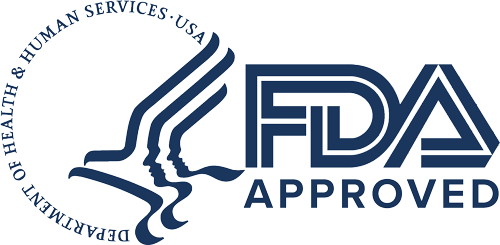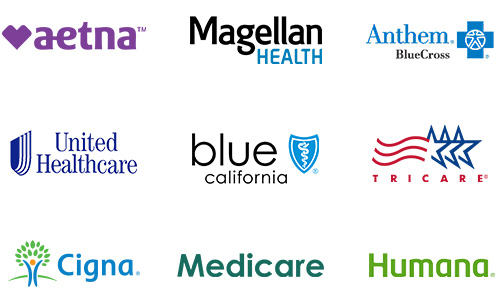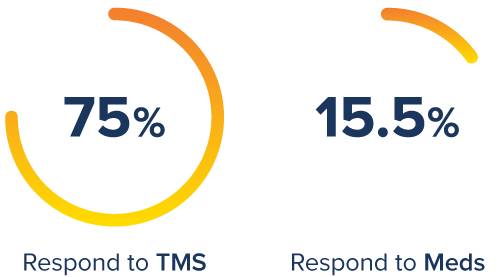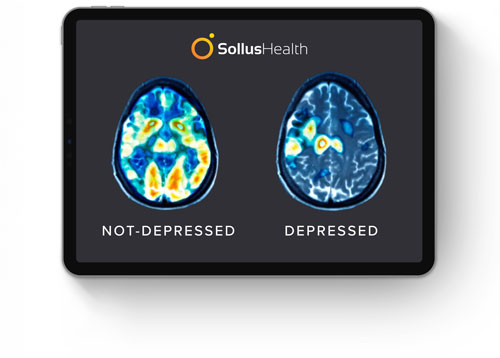TMS for Adolescents





BREAKTHROUGH TECHNOLOGY
Unlock Lasting Relief from Depression
TMS therapy offers a non-invasive, drug-free approach to treating depression and other mental health conditions.
-
Covered by Insurance
-
FDA Approved
-
Covered by Insurance
-
FDA Approved

TAKE THE FIRST STEP TODAY
TMS Covered by Major Insurance Companies

RESPONSE RATES
TMS Versus Medication

NEUROPLASTICITY
Brain Activity Increased with TMS

Proudly Serving San Diego Carlsbad Encinitas Oceanside San Marcos Vista
Break free from depression
Our team is here to guide you through a personalized journey to reclaim your mental health and regain control of your life.






Adolescence can be a challenging time, especially for those facing mental health conditions like depression, anxiety, or ADHD. Traditional treatments, such as medications or talk therapy, don’t always provide the relief needed, and many parents worry about the side effects of long-term medication use. This is where TMS therapy in San Diego emerges as a revolutionary, non-invasive option for adolescents struggling with mental health challenges.
What is TMS Therapy?
Transcranial Magnetic Stimulation (TMS) is a non-invasive treatment that uses magnetic pulses to stimulate underactive areas of the brain. These regions, particularly in the prefrontal cortex, are often associated with mood regulation and emotional control. Unlike medication, which can affect the entire body, TMS treatment targets the brain directly, helping to improve mental health without introducing chemicals into the system.
For adolescents, TMS offers an effective, safe alternative that works to address mental health issues at their core.
How TMS Therapy Helps Adolescents
Adolescents face unique challenges when it comes to mental health. Social pressures, academic stress, and hormonal changes can exacerbate conditions like depression, anxiety, or ADHD. Unfortunately, many young people don’t respond well to traditional treatments, leaving them and their families searching for better options.
TMS therapy works by stimulating neural activity in parts of the brain that are underperforming. This helps regulate mood and reduce symptoms of conditions like:
- Depression Treatment: For adolescents struggling with depression, TMS offers a medication-free solution that can deliver noticeable results in just a few weeks.
- Anxiety Treatment: By calming overactive areas of the brain, TMS helps adolescents manage overwhelming feelings of anxiety.
- ADHD Treatment: TMS can improve focus, concentration, and overall cognitive function in adolescents with ADHD.
OCD Treatment: TMS reduces the severity of obsessive-compulsive behaviors, helping adolescents regain control over their thoughts and actions.
Safe and Effective for Young Minds
Parents are often concerned about the safety of treatments for their children, and rightfully so. TMS is FDA-approved for treating depression in adolescents aged 16 and older, and ongoing research suggests it may be beneficial for younger individuals as well. The procedure is painless, and side effects, such as mild scalp discomfort, are minimal and short-lived.
Unlike medications, which can cause side effects like weight gain, fatigue, or mood swings, TMS therapy is a safe option that works without disrupting the body’s natural balance.
The Long-Term Benefits of TMS for Adolescents
The teenage years are critical for brain development, and addressing mental health issues early is essential for long-term well-being. TMS promotes neuroplasticity, or the brain’s ability to form new connections, which can lead to lasting improvements in mood and cognitive function. Adolescents who undergo TMS treatment often experience lasting relief, helping them build a brighter future.
Why Choose TMS Therapy in San Diego for Adolescents?
Families in San Diego have access to leading mental health services and experienced therapists who specialize in TMS therapy for adolescents. Whether you're seeking depression treatment in San Diego, anxiety treatment, or care for ADHD or OCD, TMS offers a non-invasive, effective solution.
Explore how TMS therapy can help your adolescent overcome mental health challenges and achieve lasting relief today.
YOUR QUESTIONS ANSWERED
FAQs About TMS Therapy



Can't find what you're looking for? Get in touch with our team and we will gladly help out.
Transcranial Magnetic Stimulation (TMS) is a non-invasive procedure used to stimulate nerve cells in the brain using magnetic fields. It is primarily employed in the treatment of depression, particularly in cases where traditional treatments like medication or psychotherapy have been ineffective
Transcranial Magnetic Stimulation (TMS) works by using magnetic fields to stimulate specific regions of the brain involved in mood regulation, particularly the prefrontal cortex, which is often underactive in individuals with depression. The magnetic pulses generated during TMS induce electrical currents in the brain, which can modulate neuronal activity. This stimulation helps to "retrain" the brain's neural circuits, improving communication between different regions that regulate emotions and cognitive function. Over time, repeated stimulation can promote neuroplasticity, allowing the brain to reorganize itself and function more effectively. This increased neural activity is believed to alleviate symptoms of depression and other mental health conditions.
TMS has been shown to be highly effective, particularly for treating major depressive disorder (MDD), especially in patients who do not respond well to antidepressants or psychotherapy. Clinical studies suggest that around 80% of patients experience significant improvement in their depressive symptoms, and about 50% achieve full remission.
TMS therapy is generally well-tolerated and considered a comfortable procedure for most patients. During the session, an electromagnetic coil is placed on the scalp, and patients feel a tapping sensation or mild knocking on the head as the magnetic pulses are delivered. Some people may also experience slight discomfort or tingling at the treatment site, particularly in the first few sessions, but this usually lessens over time. There may be an audible clicking sound as the machine operates, and patients often wear earplugs to reduce any noise-related discomfort.
TMS is generally well-tolerated, with most side effects being mild and temporary. The most common side effect is discomfort or mild pain at the treatment site, particularly during the first few sessions, which usually decreases as the scalp becomes accustomed to the stimulation.
A typical course of TMS therapy lasts about 4 to 6 weeks, with patients receiving treatment five days a week. Each session generally lasts between 20 to 40 minutes, depending on the specific protocol being used and the individual's condition
TAKE THE FIRST STEP TODAY
A Simple Process to Begin Your TMS Journey
Take the first step toward lasting relief from depression with TMS therapy, a non-invasive, medication-free treatment designed to restore your well-being.
Break free from depression
Our team is here to guide you through a personalized journey to reclaim your mental health and regain control of your life.
